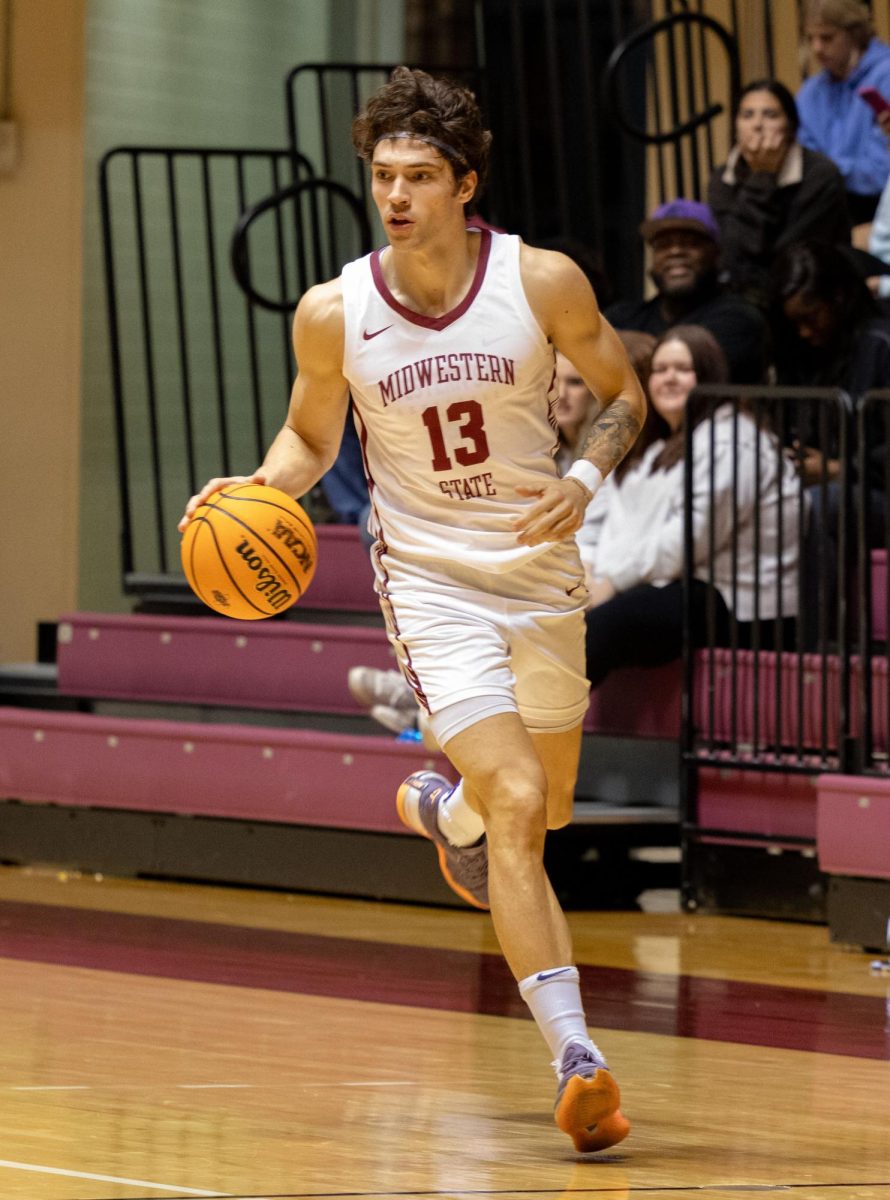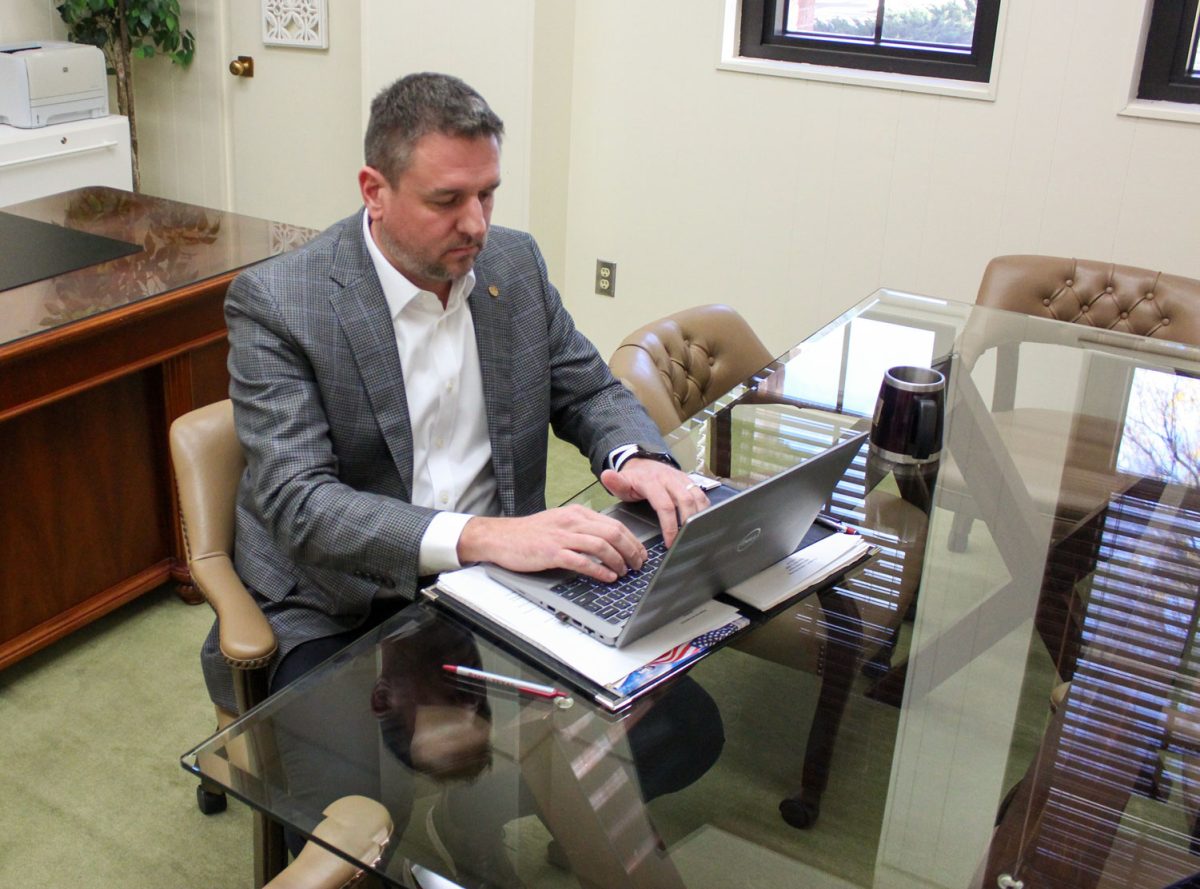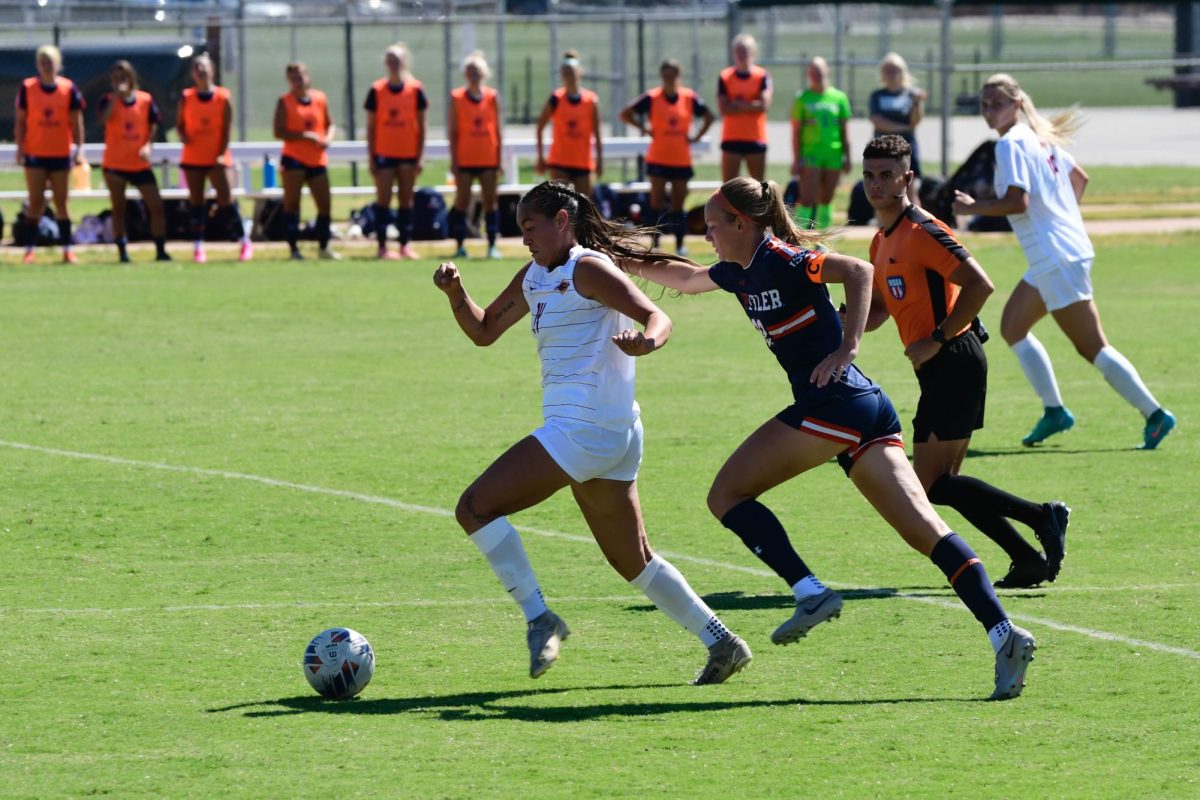The policy will be used to cut down on excessive printing in some computer labs.
Starting fall 2012, you’ll have to pay for what you print at MSU.
In fact, the university has already implemented new printing technology this semester.
New printers with electronic monitoring devices have been installed in the four open computer labs to keep track of pages printed, said Michael Dye, chief information officer at MSU. The printers were installed in the labs inside Clark Student Center, Moffett Library, Dillard and Bridwell.
Students will not be charged for any printing this semester – ¬so far, the new system is operating only in a monitoring mode, Dye said.
Computer labs in Bridwell and Clark racked up 20,000 printed pages on the first day of classes, Dye said.
He said students will need to enter their campus ID numbers every time they want to get a hard copy of a document. Then they’ll scan the barcode on their IDs at the printer. Instructions on how to do this are provided on the computer desktops.
Dye said this system was implemented to make printing more efficient.
”We want to get an idea of how many copies per semester the average student is using,” he said. “Then our plans for the upcoming semesters are to set a reasonable limit of free copies that a student can use. Beyond that limit, students will eventually get charged for the copies they make.”
Dye explained the decision was prompted not to penalize students, but rather to be fair to all students.
MSU used as much as two million pages for the four labs and has spent roughly $100,000 on toner and paper, Dye said.
“To afford this financially, we need to either raise the cost of tuition for every student, or to incorporate the new system, which is more reasonable — that way abusive or excessive printing will be at the expense of the person responsible.”
Dye said the cost of the new printers is $ 1,500 a piece, provided by capital funds.
Dye refuted some of the possible arguments against implementing this system.
One potential worry is that this system will block up traffic in the computer labs. Dye countered this fact: the printers in the four labs are connected to each other. As a result, all student printing requests will be saved in all four labs for 24 hours.
So, for example, he said, if students don’t want to stand in line in the Clark computer lab at 6 p.m., they can print their documents in the Dillard lab at 9 a.m. the next day. All they will need to do is scan their barcodes.
The new practice will possibly open new printing opportunities. Dye said the university plans to implement fancy color printers, glossy paper, and various other visual aids into the labs.
Students appear to be confused with the new system. Tomas, a second semester freshman, acknowledges. The factor of self-control and predicts that people would really think twice before they print something unnecessary. However, he considers the system somewhat confusing for operating.













